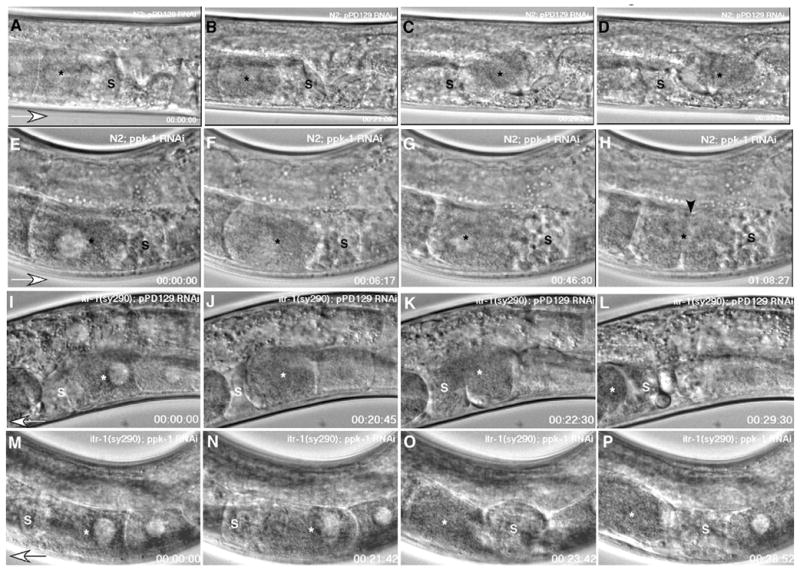Figure 2. Time-lapse observation of ovulation in ppk-1 RNAi worms.

Panels A – D: N2; control RNAi worms. The oocyte (asterisk) most proximal to the spermatheca (s) undergoes maturation processes such as nuclear envelope breakdown and cell rounding (panel B). Gonad sheath contractions propel the proximal oocyte into the spermatheca for fertilization (panels C and D). Panels E – H: N2; ppk-1 (RNAi). The proximal oocyte (asterisk) also undergoes maturation (panel F). However, it fails to ovulate into the spermatheca due to loss of gonad sheath contraction and spermathecal dilation. Consequently, the nuclear morphology fails to transition (asterisk, panel G), and a cleavage furrow appears following the failed attempt at cell division (arrowhead, panel H). Panels I – L: Gain-of-function itr-1 (sy290) suppresses ppk-1 (RNAi). Control RNAi in itr-1 (sy290) shows a similar sequence of events in ovulation as N2; control RNAi worms (panels A-D). Panels M – P: Gain of function itr-1 (sy290); ppk-1 (RNAi). The gain in function of itr-1 rescues the ppk-1 (RNAi) phenotype. Ovulation processes progress comparably to those of control RNAi animals in panels A – D and I – L. Open arrowheads indicate the direction of oocyte movement.
